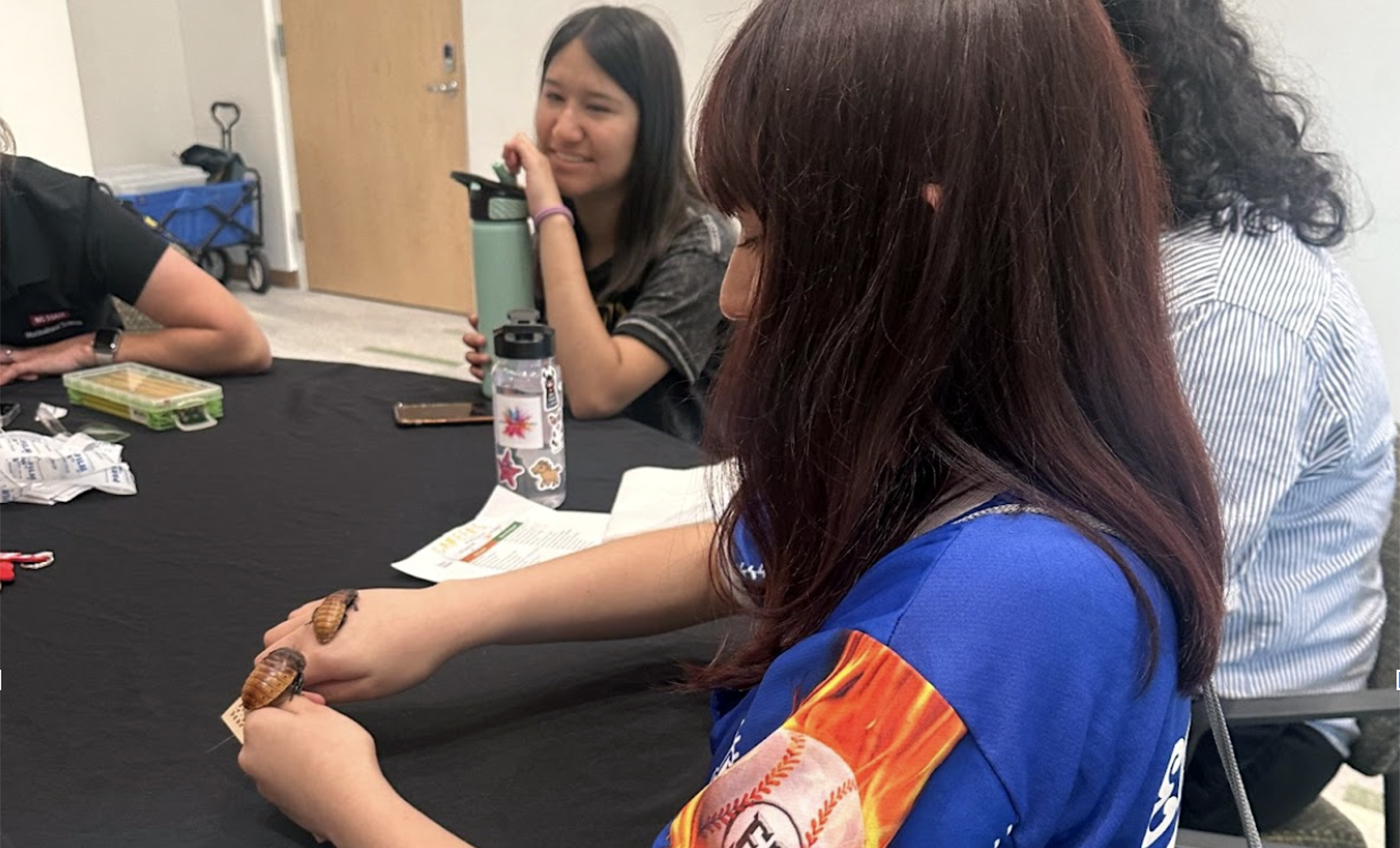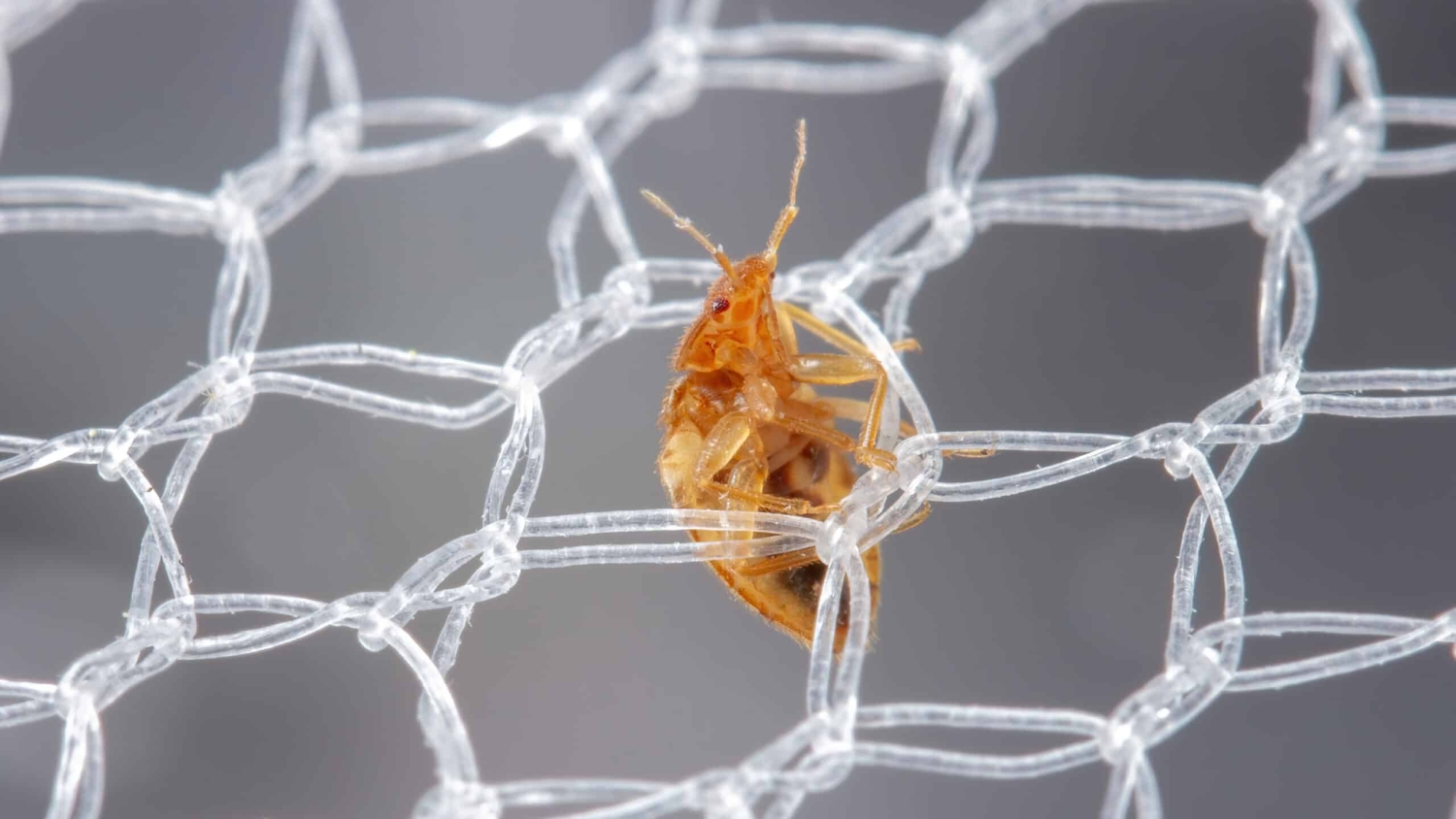Potato famine research exhibit on display at U.S. Botanic Garden

A display featuring the research of Dr. Jean Ristaino, professor of plant pathology in the College of Agriculture and Life Sciences, is part of an exhibit that’s been running since May at the U.S. Botanic Garden in Washington, D.C. Ristaino’s display, “CSI Dublin: The Hunt for the Irish Potato Killer,” is part of “Spuds Unearthed!” — a wide-ranging exhibit focusing on the history of the potato, its diversity and its mark on pop culture. A collaboration between the U.S. Botanic Garden and the Potato Museum and organized by Dr. Robin Buell of Michigan State University, the 2,400-square-foot exhibit spotlights what it describes as “the world’s most important vegetable.” It runs through Oct. 11 in the East Gallery of the Botanic Garden near Capitol Hill. (For more information, see http://www.usbg.gov/education/events/Spuds-Unearthed.cfm.)
“My exhibit has a CNN movie about my research on identifying the strain of P infestans that caused the potato famine,” Ristaino says. “I also gave a public lecture on the Irish potato famine along with three other scientists: Dr. Robin Buell (potato genome), Dr. Chuck Brown (potatoes and human health) and Dr. John Bamburg (preserving potato germplasm).”
The topic of the potato pathogen is timely. “In 2009, the late blight disease was a cover story in the New York Times,” Ristaino says. “The disease in 2009 was the most severe in recent history on both tomatoes and potatoes in the Northeast United States, due to movement of the pathogen on infected tomato transplants.” She adds that she and her team have given the name “US-22” to the new genotype that was widespread. They are currently collaborating with the nation’s top late blight researchers at Cornell University and the University of California for NIFA funds to begin nationwide tracking of the pathogen and the development of more stable resistance to the disease.
“The U.S. Department of Agriculture and the National Science Foundation plant and microbial genome panels funded the exhibit,” says Ristaino, who notes that among the displays at “Spuds Unearthed!” are presentations of the Andean origin of the potato, potatoes in culture and potato art—including one painting done by her son, Joe, a UNCW art major.

“We are hoping to put the exhibit on a national science museum road tour, including lectures,” Ristaino says. “‘Spuds Unearthed!’ has helped educate the public about the world’s fourth largest food crop and the importance of plant pathology and plant genomics research in improving food security for a hungry world.” – Terri Leith


